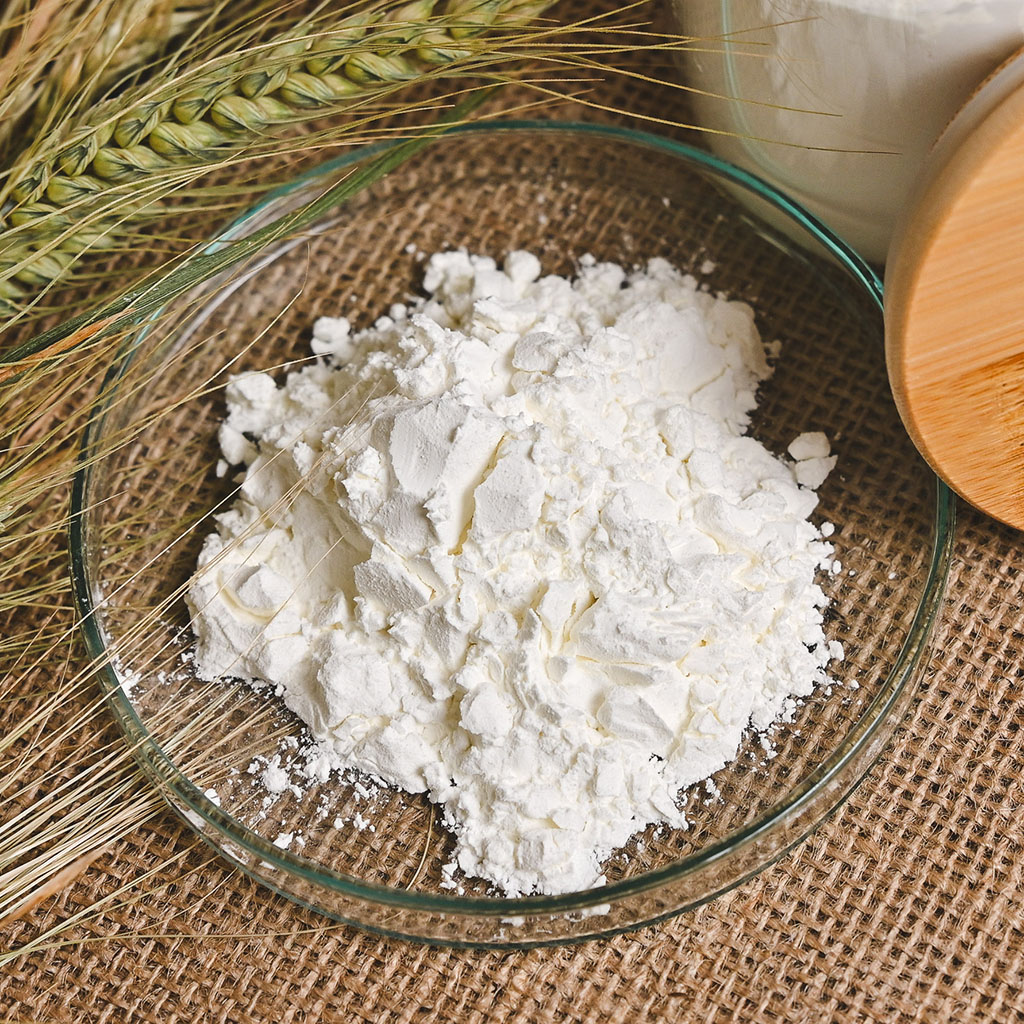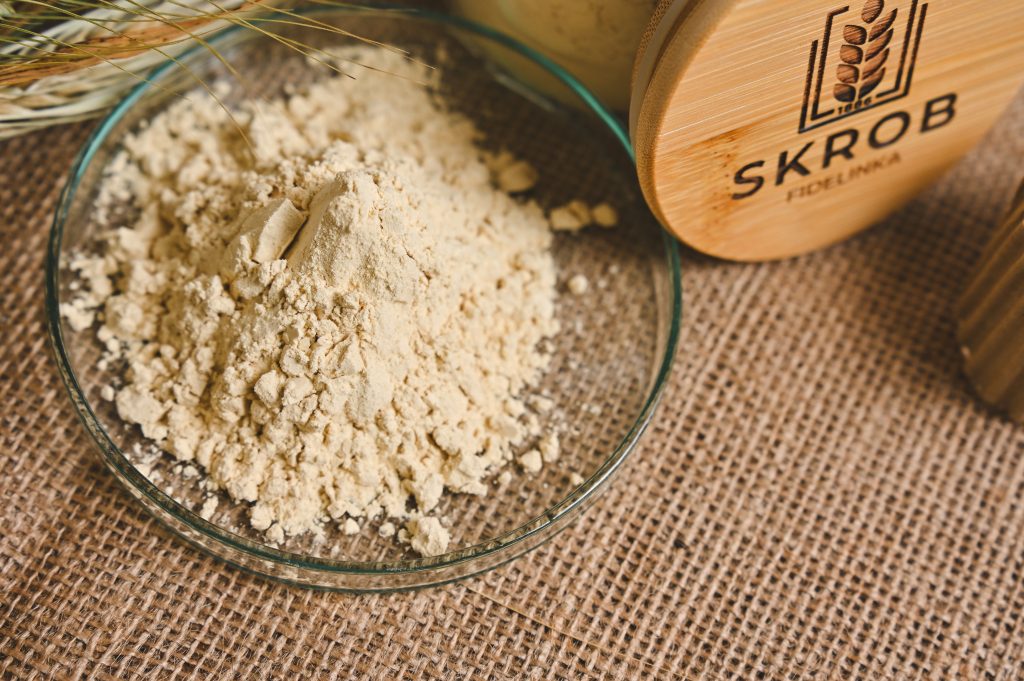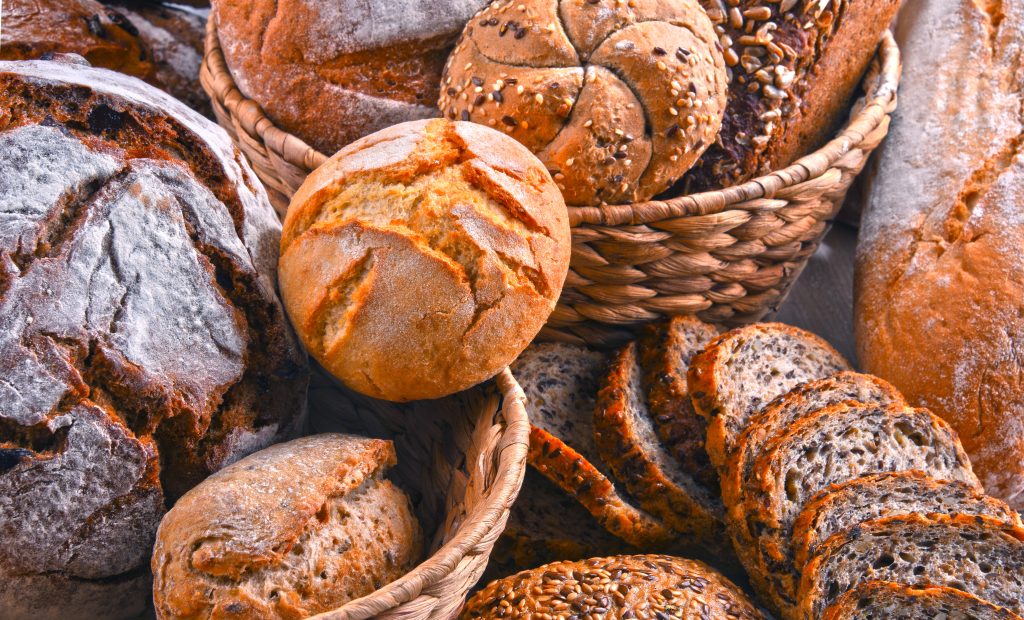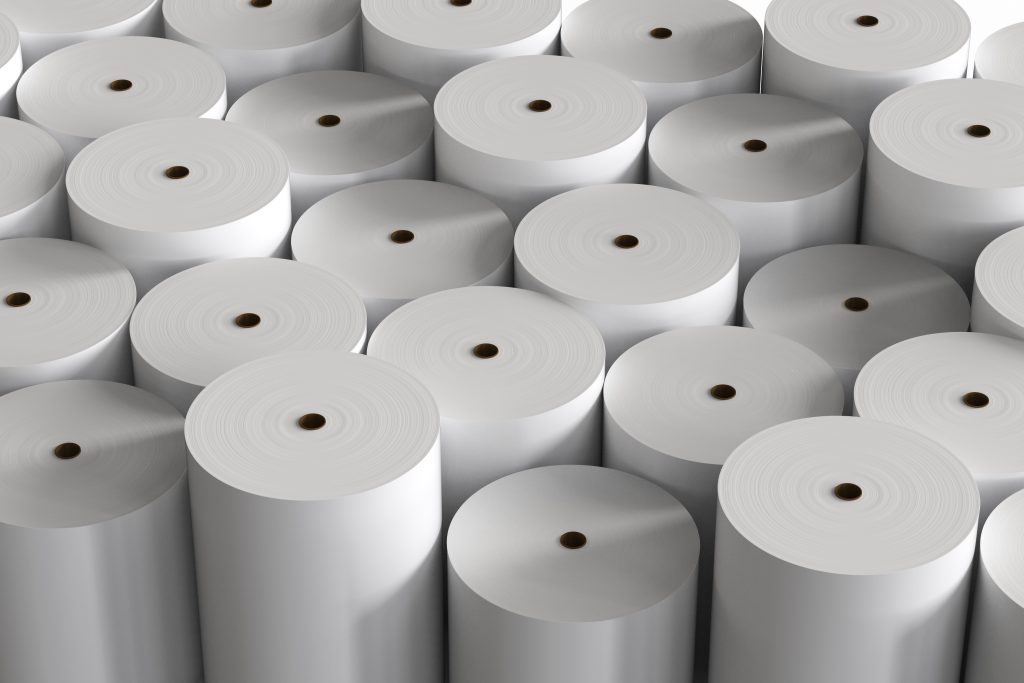Wheat dextrins

Wheat dextrins are a group of low molecular weight carbohydrates. They consist of a mixture of oligosaccharides of different chain lengths, consisting predominantly of glucose units connected by α(1→4) and/or α(1→6) glycosidic bonds.
Wheat dextrins are produced by thermochemical modification of wheat starch.
Depending on the production conditions and the degree of decomposition, dextrins can have different physical and chemical properties: solubility in water, reducing power and color.
White wheat dextrin is a fine powder, white in color, with a characteristic odor and flavor, partially soluble in water.
Yellow wheat dextrin is a fine powder, yellow in color, with a characteristic odor and flavor, completely soluble in water and very sticky.
Usage: White wheat dextrin is used as a thickener and binding agent in the food industry.
- Baking
- Confectionery
- Confectionery industry
It is used in the production of: vegan food, soups and sauces, creams, instant food, spices, flavors and colors, etc.
Apart from the food industry, white wheat dextrin is also used in other industrial branches, where it acts as a stabilizer, filler and binding agent. Its application includes the following industries:
- Pharmaceutical
- Paper and cardboard industry
- Adhesive industry
- Textile industry
- Chemical industry
- Construction industry
- Mining industry and others.

Usage: Due to its solubility and ability to stabilize dry mixtures, yellow dextrin is used as a carrier in powder products (e.g. spice mixes, instant soups, drinks).
Thanks to its good solubility and pronounced adhesive properties, yellow wheat dextrin is widely used in various industries, such as:
- Paper and cardboard industry
- Adhesive industry
- Textile industry
- Chemical industry
- Construction industry
- Pyrotechnic industry
- Foundry industry
- Wood industry
- Grinding stone industry
Wheat dextrins are produced from 100% domestic wheat that is not genetically modified.



